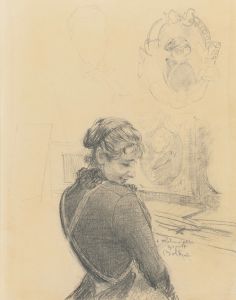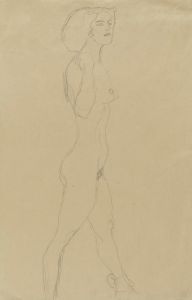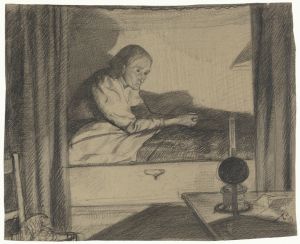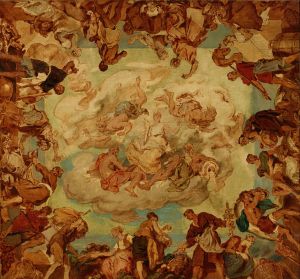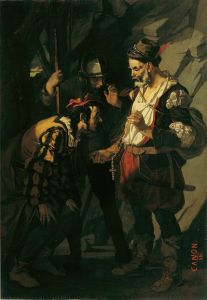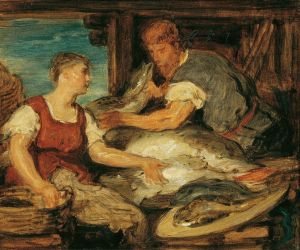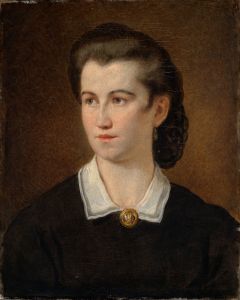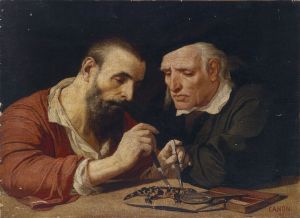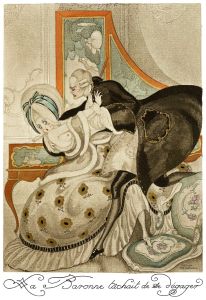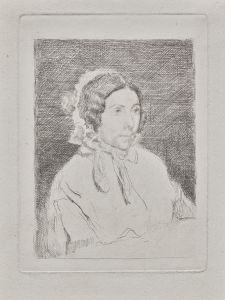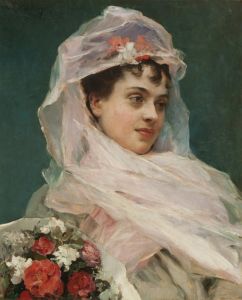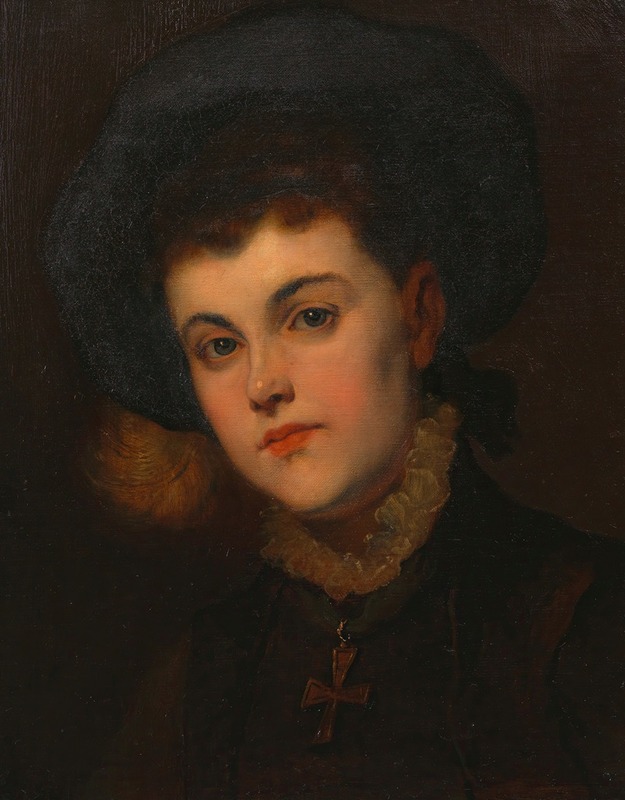
Gabriele Freiin von Liebieg
A hand-painted replica of Hans Canon’s masterpiece Gabriele Freiin von Liebieg, meticulously crafted by professional artists to capture the true essence of the original. Each piece is created with museum-quality canvas and rare mineral pigments, carefully painted by experienced artists with delicate brushstrokes and rich, layered colors to perfectly recreate the texture of the original artwork. Unlike machine-printed reproductions, this hand-painted version brings the painting to life, infused with the artist’s emotions and skill in every stroke. Whether for personal collection or home decoration, it instantly elevates the artistic atmosphere of any space.
Hans Canon, born Johann Baptist Straub, was an Austrian painter known for his portraits and historical scenes. One of his notable works is the portrait of Gabriele Freiin von Liebieg. This painting exemplifies Canon's skill in capturing the essence and character of his subjects, a quality that made him a sought-after portraitist in the 19th century.
Gabriele Freiin von Liebieg was a member of the Liebieg family, a prominent family in the Austro-Hungarian Empire known for their industrial enterprises, particularly in textiles. The Liebieg family was part of the burgeoning bourgeoisie during the 19th century, and they often commissioned portraits to assert their social status and preserve their legacy. The portrait of Gabriele Freiin von Liebieg by Hans Canon is a testament to this practice.
Hans Canon's style is characterized by a blend of realism and idealism, capturing not only the physical likeness of his subjects but also imbuing them with a sense of dignity and grace. In the portrait of Gabriele Freiin von Liebieg, Canon employs a meticulous attention to detail, particularly in the rendering of textures and fabrics, which was a hallmark of his work. The painting likely features Gabriele in attire that reflects her social standing, with careful attention paid to the nuances of her expression and posture.
Canon's work was influenced by the broader trends in European art during his lifetime, including the Romantic and Realist movements. His ability to adapt these influences into his own unique style contributed to his reputation as a leading portraitist of his time. The portrait of Gabriele Freiin von Liebieg would have been created during a period when portraiture was a significant means of documenting and celebrating individual and familial identity.
While specific details about the circumstances of the commission or the exact date of the painting are not readily available, it is clear that the work fits within the broader context of Canon's oeuvre and the cultural milieu of the Austro-Hungarian Empire. His portraits often served as both personal mementos and public statements, reflecting the aspirations and achievements of his subjects.
Hans Canon's legacy as an artist is preserved through his portraits, which continue to be appreciated for their technical skill and historical significance. The portrait of Gabriele Freiin von Liebieg remains an example of his ability to convey the personality and status of his subjects, offering viewers a glimpse into the world of 19th-century European aristocracy and the role of art in documenting social history.





